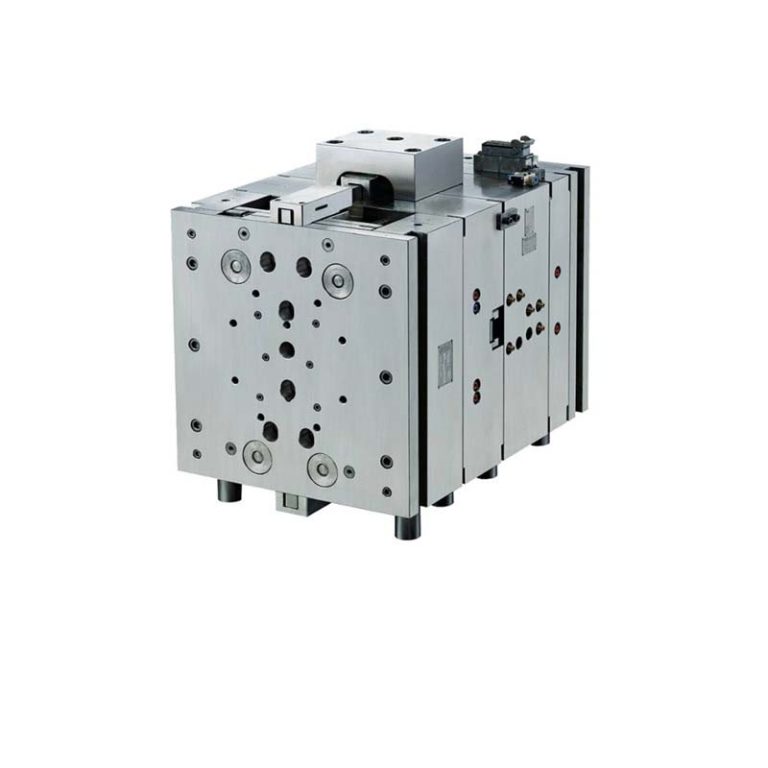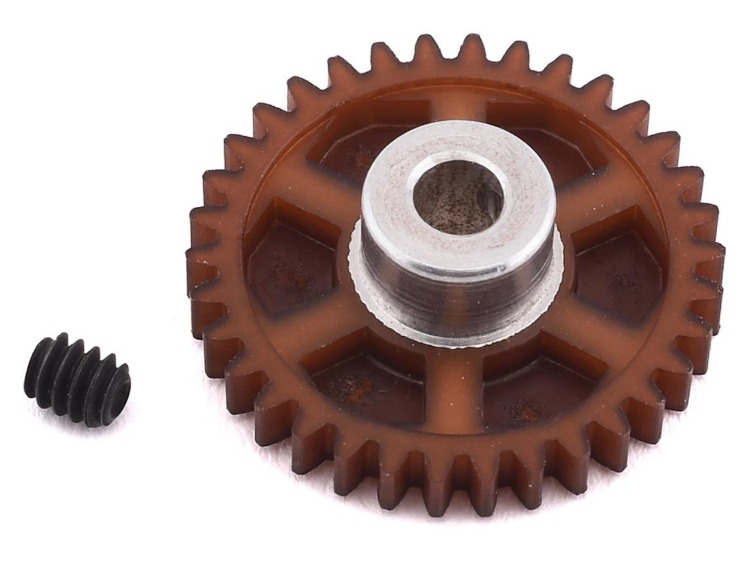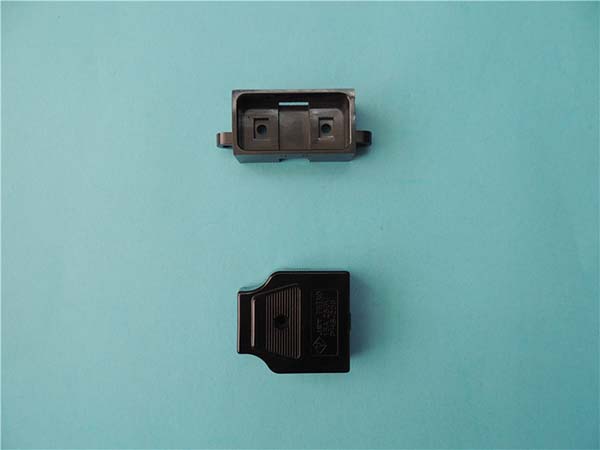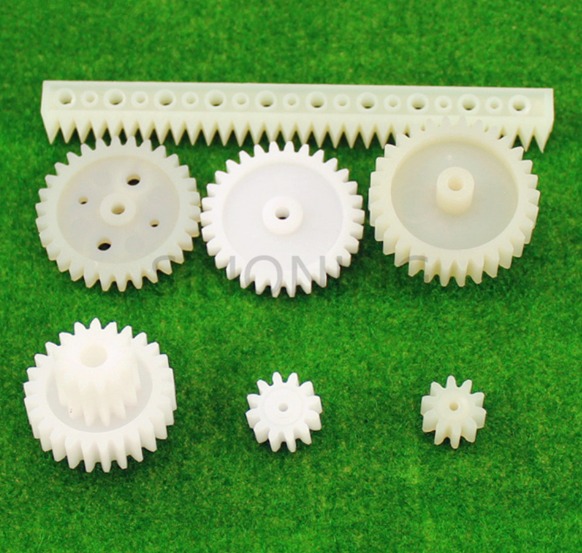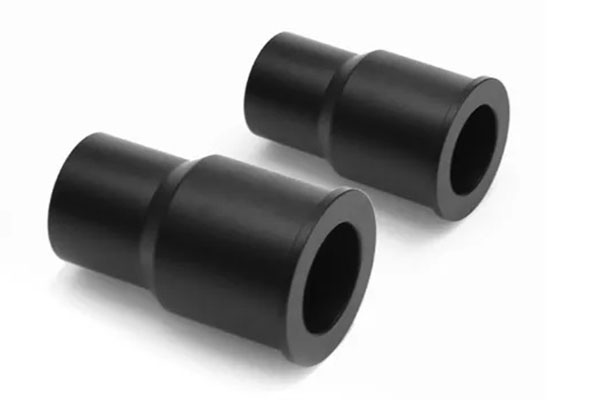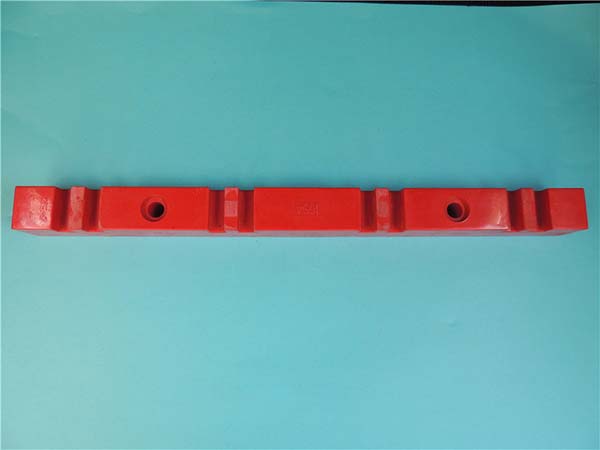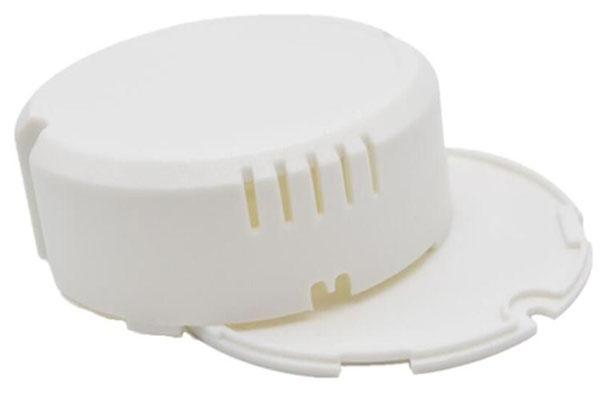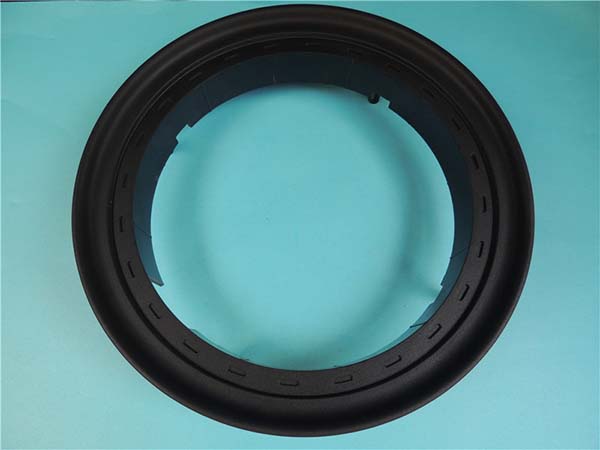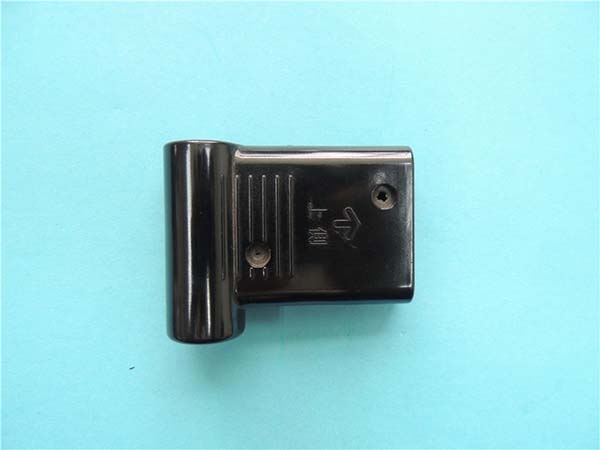The Manufacturing Landscape of Plastic Parts
The production of plastic parts is a cornerstone of modern manufacturing, with a wide array of methods employed to create the diverse plastic products that surround us. Each manufacturing process has its own set of characteristics, advantages, and ideal applications, which we will explore in detail.
Injection Molding: Precision in Mass Production
Injection molding is one of the most widely used methods for manufacturing plastic parts. This process involves melting plastic pellets and injecting the molten plastic into a mold cavity under high pressure. Once the plastic has cooled and solidified, the mold is opened, and the finished part is ejected.
The injection molding process can be broken down into several key steps. First, the plastic material is fed into a hopper and then into a heated barrel. Here, the plastic is melted by a combination of heat and the mechanical action of a rotating screw. The molten plastic is then forced through a nozzle and into the mold cavity. After the cavity is filled, pressure is maintained to compensate for any shrinkage as the plastic cools. Finally, when the plastic has solidified, the mold opens, and the part is ejected, often with the help of ejector pins.
One of the primary advantages of injection molding is its ability to produce highly precise parts with complex geometries. For Yigu Technology example, in the production of smartphone cases, injection molding allows for the creation of intricate designs, precise cutouts for ports and buttons, and a high - quality finish. It is also a highly efficient process for mass production. Once the mold is created, parts can be produced rapidly, with cycle times ranging from a few seconds to a few minutes, depending on the size and complexity of the part. Additionally, injection molding can use a wide variety of plastic materials, from common thermoplastics like polyethylene (PE) and polypropylene (PP) to more specialized engineering plastics such as polycarbonate (PC) and acrylonitrile butadiene styrene (ABS).
Extrusion: Shaping Long - Continuous Forms
Extrusion is a manufacturing process used to create long, continuous plastic shapes. In extrusion, plastic pellets are fed into a heated barrel, similar to injection molding. However, instead of being injected into a closed mold cavity, the molten plastic is forced through a die, which gives the plastic its desired cross - sectional shape.
The die is a crucial component in the extrusion process. It can be designed to produce a wide range of shapes, such as tubes, rods, sheets, and various profiles. For Yigu Technology example, in the production of plastic pipes, the die has a circular opening, which results in a tubular shape. The extruded plastic then passes through a cooling system, often a water bath or air cooling, to solidify it.
Extrusion is commonly used in industries such as construction, packaging, and automotive. In the construction industry, plastic extrusions are used for window frames, siding, and roofing materials. The ability to produce long, continuous lengths of plastic makes extrusion an ideal process for these applications. In the packaging industry, extruded plastic films are used for wrapping products. There are different types of extrusion processes, including single - screw extrusion and twin - screw extrusion. Twin - screw extrusion offers better mixing capabilities and can handle more complex materials and formulations, while single - screw extrusion is simpler and more cost - effective for some applications.
Blow Molding: Creating Hollow Plastic Wonders
Blow molding is a manufacturing process specifically designed for creating hollow plastic parts, such as bottles, containers, and toys. There are three main types of blow molding: extrusion blow molding, injection blow molding, and stretch blow molding.
In extrusion blow molding, a parison (a tube - like piece of molten plastic) is first extruded. This parison is then placed into a mold, and compressed air is blown into it, forcing the plastic to expand and take the shape of the mold cavity. Once the plastic has cooled and solidified, the mold is opened, and the finished hollow part is removed. This method is commonly used for producing large - scale hollow products like industrial drums and large - capacity bottles.
Injection blow molding starts with an injection - molded preform. This preform is then transferred to a blow - molding station, where it is reheated and inflated with compressed air inside a mold to form the final product. This process is often used for smaller, more precise hollow products, such as cosmetic bottles and pharmaceutical containers, as it can produce parts with better dimensional accuracy.
Stretch blow molding is a variation that involves stretching the plastic in both the axial and radial directions during the blowing process. This results in improved mechanical properties and better gas and moisture barrier properties. It is widely used for manufacturing PET (polyethylene terephthalate) bottles for beverages, as the stretching process enhances the bottle's strength and its ability to hold carbonated drinks.
The blow molding process is of utmost importance in the packaging industry. It allows for the production of lightweight, yet strong and durable containers that are essential for storing and transporting a wide range of products, from liquids to solids.
Thermoforming: Transforming Sheets into Shapes
Thermoforming is a process that starts with a flat sheet of plastic. The plastic sheet is first heated until it becomes pliable. Once heated, the sheet is then formed into the desired shape by either vacuum or pressure.
In vacuum thermoforming, the heated plastic sheet is placed over a mold, and a vacuum is applied to draw the sheet into the mold, conforming it to the mold's shape. This method is suitable for producing products with relatively shallow depths and simple shapes, such as disposable food containers, blister packs, and some types of signage.
Pressure thermoforming, on the other hand, uses positive pressure to force the heated plastic sheet onto the mold. This can be used to create more complex shapes and deeper - drawn products. For example, in the automotive industry, thermoformed plastic parts are used for interior components like dashboards and door panels.
There are also variations of thermoforming, such as twin - sheet thermoforming, where two plastic sheets are heated and formed simultaneously to create a hollow product with a wall thickness that can be controlled. This is often used for products like coolers and some types of industrial enclosures.
Comparison of Manufacturing Methods in Tabular Form
| Manufacturing Method | Cost (Initial Setup) | Cost (Per Unit) | Production Speed | Product Precision | Suitable for Complex Geometries | Typical Products |
| Injection Molding | High (due to mold cost) | Low for high - volume production | Fast, cycle times from seconds to minutes | High | Yes | Smartphone cases, automotive interior parts, small consumer goods |
| Extrusion | Moderate (equipment cost) | Low, especially for continuous production | Continuous, high - speed production for long shapes | Moderate, mainly in cross - sectional shape | No, limited to continuous profiles | Plastic pipes, window frames, plastic films |
| Blow Molding | Moderate (mold and equipment cost) | Low for high - volume production of hollow parts | Varies depending on type, generally slower than injection molding | Moderate for extrusion blow molding, high for injection blow molding | Yes, for hollow shapes | Bottles, containers, hollow toys |
| Thermoforming | Low (equipment and mold cost) | Low, especially for simple shapes | Moderate, depends on heating and cooling times | Low to moderate | No, limited to relatively simple shapes | Disposable food containers, blister packs, some automotive interior parts |
This Yigu Technology table clearly shows the differences between the four main plastic part manufacturing methods in terms of cost, production speed, precision, and suitability for different types of products. Understanding these differences is crucial for manufacturers when choosing the most appropriate method for their specific plastic part production needs.
Conclusion: Balancing Act in the Plastic Realm
The Yigu Technology manufacturing of plastic parts has undeniably left an indelible mark on our world, with far - reaching implications that touch upon multiple aspects of our lives. From the economic and industrial landscapes to the environment and human health, the effects are both profound and complex.
Economically, plastic part manufacturing has been a boon, fueling growth in countless industries. Injection molding, extrusion, blow molding, and thermoforming have enabled mass production of plastic products at relatively low costs, making them accessible to a wide range of consumers. This has led to the creation of jobs across the value chain, from raw material production to product design, manufacturing, and distribution. For example, in the automotive industry, the use of plastic parts has not only reduced vehicle weight, thereby improving fuel efficiency, but has also contributed to the growth of a vast network of suppliers and manufacturers.
FAQ
- Q: What is the most cost - effective plastic manufacturing method for small - scale production?
A: Thermoforming often has a lower initial setup cost and can be cost - effective for small - scale production, especially for simple - shaped products. Injection molding has high initial mold costs, which may not be feasible for small runs.
- Q: How can I tell if a plastic product is recyclable?
A: Look for recycling symbols on the product. Symbols like the chasing arrows with a number inside indicate the type of plastic. For example, PET (number 1) is commonly recycled. However, local recycling facilities may have different capabilities, so it's best to check with them.
- Q: Are there any alternatives to traditional plastics for manufacturing parts?
A: Yes, there are alternatives such as bioplastics made from renewable resources like corn starch or cellulose. These can be more environmentally friendly as they may be biodegradable or compostable, but they also have limitations in terms of performance and cost in some applications.
